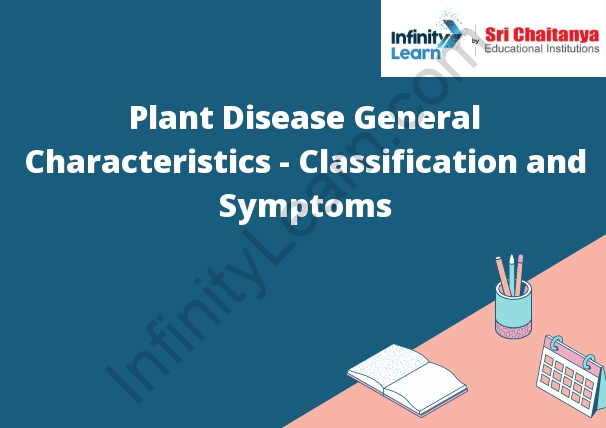Table of Contents
What is Plant Disease?
A plant disease is a condition that affects the health of a plant. Plant diseases can be caused by a variety of factors, including pathogens (organisms that cause diseases), environmental conditions, and genetic abnormalities. Symptoms of plant disease vary depending on the type of disease and the plant species affected. Some common symptoms of plant disease include wilting, stunting, discoloration, and lesions.

Soybean rust
is a fungal disease that affects soybean plants. The fungus that causes soybean rust, Phakopsora pachyrhizi, is a member of the Pucciniaceae family. The disease is most commonly found in tropical and subtropical regions, but has been found in the United States as well.
The fungus that causes soybean rust attacks the leaves of the plant, causing them to turn yellow and then brown. The fungus can also affect the pods of the plant, causing them to become deformed and to not produce any beans. The disease can significantly reduce the yield of a soybean crop.
There is no cure for soybean rust, but there are some methods that can be used to help manage the disease. One method is to plant resistant varieties of soybean. Another method is to use fungicides to help control the spread of the fungus.
Pseudothecia
are asexual fruiting bodies of fungi that produce ascospores. They are typically small, round, and black, and are often seen on decaying wood or in soil. Pseudothecia are produced by ascomycete fungi, which are a large group of fungi that includes many common food and spoilage organisms.
What is Plant Disease?
A plant disease is a condition that affects the health of a plant. Plant diseases can be caused by a variety of factors, including viruses, bacteria, fungi, nematodes, and abiotic factors such as extreme weather conditions or pests. Many plant diseases can cause extensive damage to crops, leading to reduced yields or even total crop loss.
Characteristics of Healthy Plants
A healthy plant is typically green and has a strong stem. Its leaves are typically symmetrical and its branches are evenly spaced. The plant’s flowers are typically symmetrical and its petals are evenly spaced. Its roots are typically healthy and extend deep into the soil.
Classification of Plant Diseases by the Causal Agent
There are many ways to classify plant diseases. One way is by the causal agent, which is the organism that causes the disease. There are three main categories of causal agents: bacteria, viruses, and fungi.
Bacteria are single-celled organisms that can cause diseases in plants. Some common bacteria that cause plant diseases are Erwinia, Pseudomonas, and Xanthomonas.
Viruses are also single-celled organisms, but they are much smaller than bacteria. Viruses can only cause diseases in plants and other living things. Some common viruses that cause plant diseases are tobacco mosaic virus, cucumber mosaic virus, and tomato spotted wilt virus.
Fungi are multi-celled organisms that can cause diseases in plants. Fungi can cause diseases in plants either by invading the plant directly or by producing toxins that are poisonous to plants. Some common fungi that cause plant diseases are Fusarium, Alternaria, and Pythium.
Non – Infectious Diseases
Non-infectious diseases are those that are not caused by infection. Non-infectious diseases can be caused by a variety of factors, including environmental exposures, genetics, and lifestyle choices. Some of the most common non-infectious diseases include cancer, heart disease, and diabetes.
Infectious Diseases
Infectious diseases are illnesses caused by infections from viruses, bacteria, or other organisms. Infectious diseases can spread from person to person, animal to person, or through the environment. Some infectious diseases are preventable through vaccinations.
Fungal Diseases in Plants
Fungal diseases in plants can be caused by a variety of different fungi, including:
• Fusarium
• Verticillium
• Phytophthora
• Botrytis
These fungi can cause a wide range of diseases in plants, including:
• Wilt
• Rot
• Blight
• Dieback
• Canker
• Rust
• Powdery mildew
• Downy mildew
• Smut
Many of these diseases can cause serious damage to plants, and in some cases can lead to plant death.
General Characteristics of Fungal Infection in Plants
Fungal infections in plants are often caused by a variety of different fungi, including molds, yeasts, and mushrooms. Fungal infections can cause a variety of symptoms in plants, including wilting, yellowing, and browning of leaves, and stunting of growth. In severe cases, fungal infections can cause the death of plants. Fungal infections can be caused by a variety of different factors, including poor air quality, waterlogging, and damage to the plant’s immune system.
Signs and Symptoms of Fungal Diseases in Plants
Fungal diseases in plants can cause a variety of symptoms, including lesions on leaves and stems, spots on fruits and flowers, and fuzzy growth on the plant. In severe cases, the plant may die.








